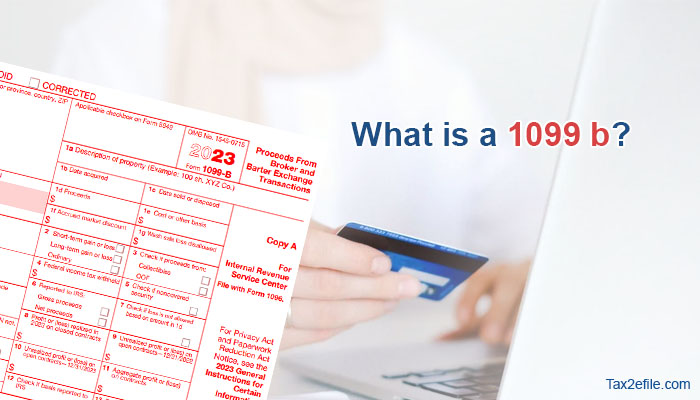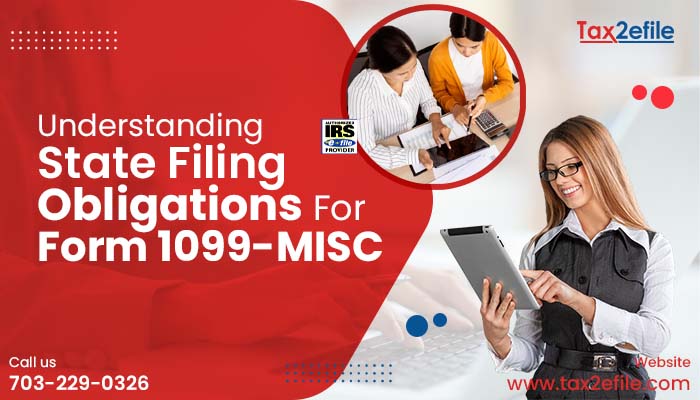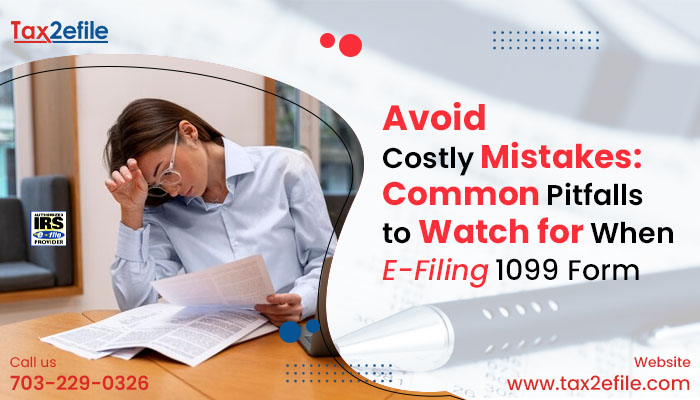- March 22, 2023

The IRS Tax Form 1099-B offers information about the securities or the property that is involved in a transaction being handled by a broker. The tax Form will render important information such as the description of the items sold, the date on which it has been sold or acquired, the cost of acquisition, etc. It also reports the federal tax withheld by the broker.
Uses of Form 1099 B
The IRS tax Form 1099-B deals with capital losses and gains. For instance, when the taxpayer sells something for more than its actual costs, the profit is a capital gain and is still taxable. Similarly, if the taxpayer sells something less than what they have paid for, then they have incurred their capital loss and should be reported in the form to reduce taxes. The data from this tax Form can be used to complete Form 8949 and Schedule D, as required.
Who files Form 1099 B?
A barter exchange or a broker generally files Form 1099-B for each person, as listed below for whom the broker has sold
- The commodities,
- Stocks,
- Foreign currency contracts
- Debt instruments,
- Opinions,
- Securities futures contracts etc
A barter exchange or broker should file Form 1099-B if they have received stock, cash, or other property from a corporation that has its stock acquired through the acquisition of control or has had a substantial change in the capital structure reportable on Form 8806. A barter exchange or broker should file Form 1099-B for each person who exchanged their services and property through a barter exchange.
How to file IRS Form 1099-B?
Brokers and those involved in financial transactions should report each transaction on a separate 1099-B Form. They should report every transaction that involves regulated futures, foreign currency, and options contracts on an aggregate basis. Covered securities with short-term gain or loss, covered securities with long-term gain or loss, and non-covered securities should also be reported in this tax Form. Each disposition has to be recorded on a separate 1099-B Tax Form.
- Box 1a: This portion of the tax Form reports interests in the QOF (Qualified Opportunity Funds). Taxpayers should report the descriptions appropriately. For instance, they should enter the number of units or shares, and for partnerships, they should enter the percentage of the investment.
- Box 1b: Taxpayers should enter the acquisition date of any interest in this section of the QOF.
- Box 1c: Tax Payers should enter the date of disposition of any interest in this tax form portion.
- Box 1d: Enter the gross tax proceeds of interests in the QOF.
- Box 3: Check the QOF box to report an interest’s disposition in the QOF.
QOFs much furnish a statement to the taxpayer who has disposed of the interest in the QOF statement. Taxpayers should complete all the boxes appropriately, depending on the nature of the interest disposed of.
File Form 1099-B for each customer who has received stock, cash, or other property from any corporation, based on available information, under section 367 (a). Experts at Tax2efile will guide taxpayers in filing the 1099-b tax Form.


